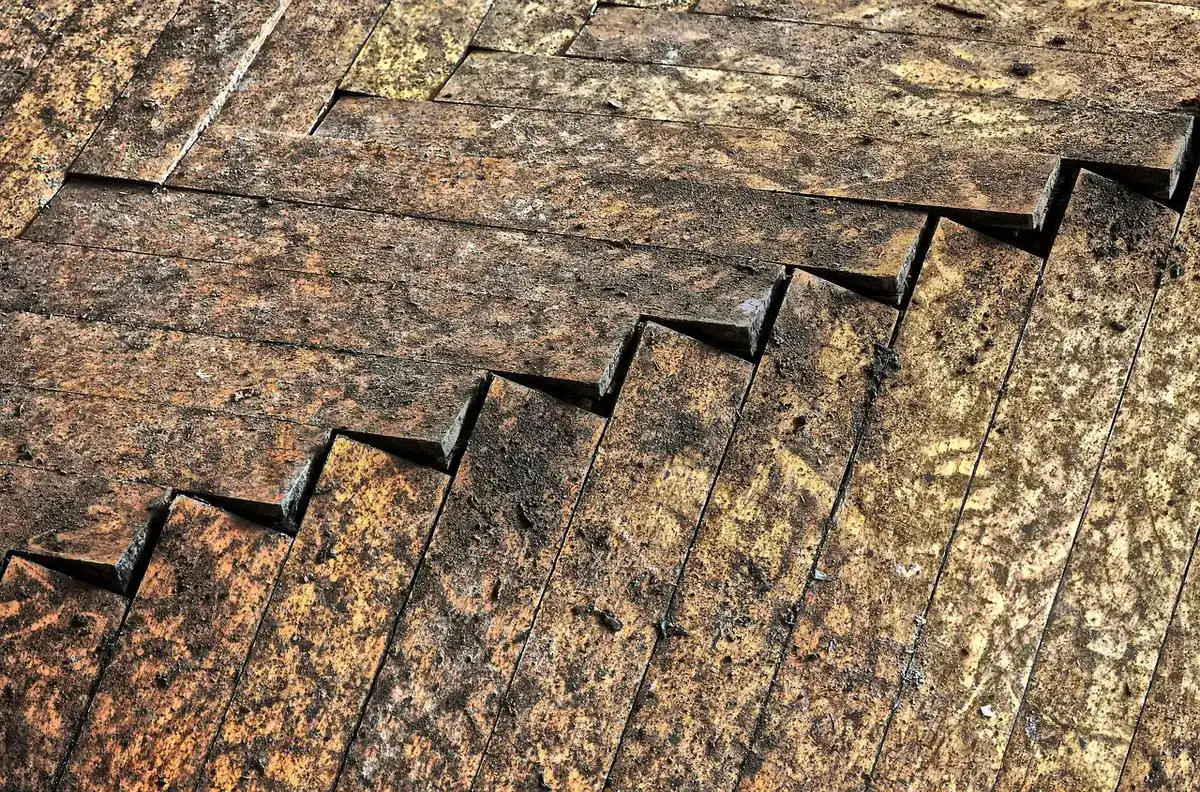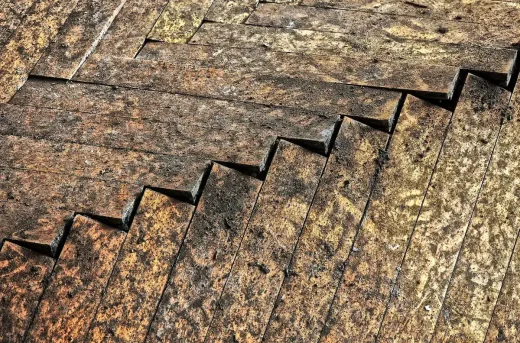Impact of water damage on Edinburgh’s architecture, Property climate homeowner advice, Home protection
Impact of Water Damage on Edinburgh’s Architecture
31 January 2024
Guard your property from destruction:
Edinburgh, Scotland’s capital city, contains a blend of historical and modern architecture that narrates the tale of its past while reflecting its vibrant present. However, one challenge this architectural blend faces is the persistent water damage that often goes unnoticed until it becomes severe. Understanding water damage’s impact on Edinburgh’s architecture involves examining the climate conditions, material quality, and various deterioration mechanisms over time, as well as exploring possible mitigation strategies.
Historical Edinburgh Architecture
Stretching from the mediaeval Royal Mile to the new town’s Georgian townhouses, Edinburgh’s architectural heritage displays remarkable contrasts. This city, dubbed ‘Athens of the North,’ boasts buildings erected on sheer cliffs and crowning hills forming an extraordinary skyline. Its rich architectural landscape appeals to historians, architects, and tourists alike. But beneath this awe-inspiring beauty lies a constant interplay between the built structures and the elements.
The weather conditions in Edinburgh have contributed to its design evolution. Many older buildings were designed with shale-proof windows to withstand harsh storms. Nevertheless, these historic buildings face a relentless enemy in water damage, constantly threatening their structural integrity.
Effects of Climate on Buildings
Scotland’s climatic conditions are integral factors impacting Edinburgh’s buildings’ deterioration rate. The city experiences varying degrees of rainfall throughout the year along with damp sea air due to its coastal location.
This constant exposure to moisture hastens materials’ oxidative reactions lead to corrosion or erosion—two major contributors to building material decay in Edinburgh. Also, its average ambient temperature increases frost’s effects on the stone surfaces during winter.
Water and Architectural Damage
In areas like Edinburgh with high volumes of rain annually, water damage is not an unusual occurrence. When left unattended, water can permeate building materials, causing drastic effects on the physical structure and its aesthetic features. Stones and other materials that constitute the building begin to deteriorate over time due to various factors associated with water damage.
Additionally, water damage impacts not only the architecture’ aesthetic features but also threatens the structure’s mechanical stability, sometimes even compromising human safety. Click here to see how specialist restoration is needed to reverse the damage caused by water.
Damage Manifestations
The architectural suffering inflicted by water damage manifests in many ways. Discoloration, accelerated weathering, erosion of surface layers or substrates, algae or fungal mould growths are common markers of water-threatened buildings. Stainings from metals oxidised by trapped moisture further distort its original aesthetics.
Furthermore, frost-related cracking or soil movements caused by excess groundwater builds up structural stresses in the buildings. Sometimes these damages necessitate extensive repairs or even rebuilding—a costly burden no doubt.
Stone Deterioration Mechanisms
Stones used extensively in building Edinburgh’s historic structures are primarily sandstone and limestone. These porous materials tend to absorb water readily. Moreover, their calcium carbonate composition reacts chemically with acidic rainwater—incurring surface layer losses and staining.
Deteriorating stones often exhibit signs like flaking or scaling surficial layers known as delamination or blistering. On exposure to cycles of freezing and thawing, these stones also fracture from internal pressure changes.
Rain Penetration Theories
Theories propose two primary mechanisms for rain penetration; gravity acting on mass-flow and penetrative capillary suction exploiting stone porosity. Coupled with wind-driven rain striking Edinburgh’s surfaces, it imposes a double-edged attack on its delicate architecture.
Adequately foreseeing future challenges and addressing existing ones form the crux of protecting this heritage. Part of this presupposes adopting a pragmatic approach in repairs by services like The Water Damage Specialist. Plus, maintenance and even preservation of these stately structures for future generations is necessary.
Fungi and Bacteria Impact
Excess moisture on walls offers a welcoming environment for microorganisms like fungi and bacteria to flourish, particularly on stone-surfaces. As they multiply, these unsightly moulds create health hazards and reduce air quality while accelerating the building’s decay.
The microbes feed on natural stone surfaces dissolving their inherent minerals gradually, compounding the problem further by eroding the stone away and dislodging its superficial grain structure. The visible green or black splotches significantly affect the colour uniformity of historic buildings, damaging their aesthetic appeals.
Effects on Ironwork Structures
The presence of water can initiate corrosion reactions in iron-based structures commonly used in building balconies, railings and ornamental features. With this type of material exposed to Edinburgh’s damp weather, the corrosion process is often accelerated.
This deterioration is evident through red rust coating the iron surface. If ignored, the iron gradually loses its mechanical strength and the structural integrity reaches a critical point, which could result in failure and possible accidents.
Remedial Measures for Ironwork
To prevent ironwork structures from succumbing to corrosion, it’s crucial to implement remedial measures periodically. Regular inspections are a good starting point in detecting any early signs of damage while maintenance works such as repainting or applying anti-corrosive treatment can buffer them against moisture related damages.
Should severe damage occur, replacing or reinforcing the affected parts could provide a long-term solution minimising risks. But this reactive approach is more costly than proactive prevention measures.
Case of Lime Mortars
Lime mortars were commonly used in older Edinburgh buildings because of their flexibility and breathability properties. However, consistent exposure to moisture can lead to gradual degradation over time. Such degradation becomes evident through visible cracking or erosion of the mortar joints.
Maintenance works in these cases usually involve refilling eroded joints with fresh lime mortar – an activity known as ‘re-pointing’. While lime mortars self-heal minor hairline cracks upon rewetting, larger cracks necessitate human intervention to prevent escalated damages.
Trauma to Wooden Structures
Wooden structures form part of many historical buildings in Edinburgh. However, these are at risk as persistent wetness promotes wood-rot fungal growth, reducing its structural resilience over time. Evidence emerges as discolouration, foul odour, increased lightness in weight or caving under minor pressure.
Similar to ironwork, regular inspections and immediate repair work upon detection dramatically reduce the progression of water-induced damages. In scenarios where extensive damage has occurred, replacing the affected wooden elements often becomes the most viable option.
Proactive Preservation Measures
The adoption of proactive preservation measures plays a critical role in maintaining Edinburgh’s architectural heritage. Regular building health check-ups are essential in identifying budding issues. When identified early, significantly less resource demanding actions are enough to address these problems compared to when damage has progressed extensively.
In addition to necessary repairs or replacement works, exterior surface coating application fortifies these surfaces against weathering and subsequent decay processes. Employing these protective measures extend the lifetime of materials and overall structure.
Economic Impact of Damage
When evaluating the impact of water damage on Edinburgh’s architecture, it is vital to consider economic implications. Limited total restoration funding combined with rising costs feeds an ever-increasing backlog of repairs while threatening the city’s monumental structures.
This financial strain extends beyond pure monetary indicators as it also impacts tourist sentiment towards this city known for its remarkable architecture—indirectly affecting its overall economic condition too.
Impact of water damage on architecture in Edinburgh Final Thoughts
Water damage constitutes a persistent menace threatening Edinburgh’s architectural treasures. While unavoidable given its climatic conditions, understanding its effects and adopting pragmatic approaches in maintaining these monuments can cushion their impacts over time.
This process is not merely about preserving past achievements imprinted on Edinburgh’s skyline; it also represents a commitment toward nurturing cultural bequeaths for future generations’ appreciation and learning.
Comments on this guide to Impact of Water Damage on Edinburgh’s Architecture article are welcome.
Architecture
Rowanbank Gardens Edinburgh Housing
525 Park View Ferry Road Homes
West Town Edinburgh Property Vision
Comments / photos for the Impact of Water Damage on Edinburgh’s Architecture page welcome





